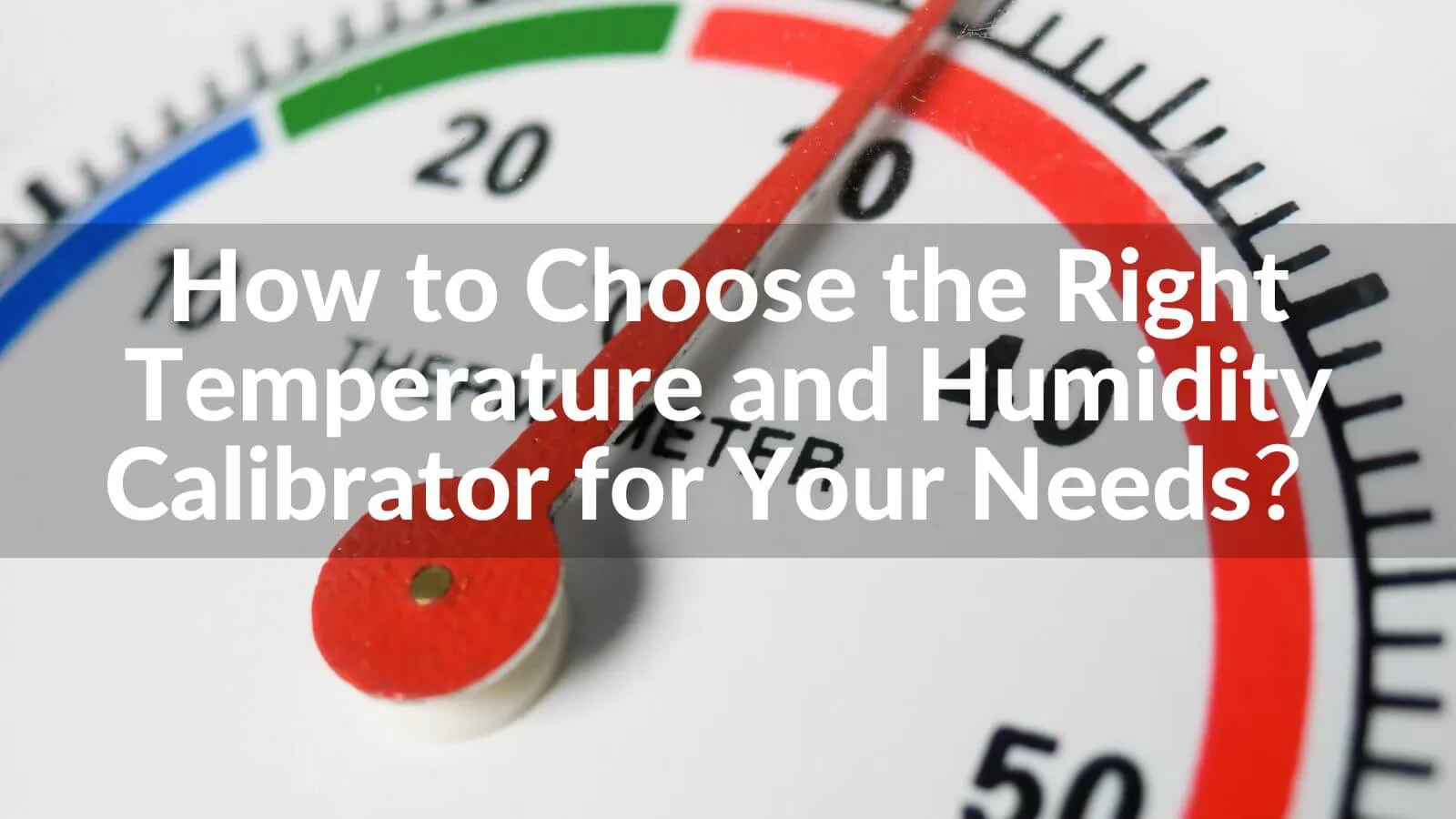
Temperature and humidity are critical parameters in various industries, such as manufacturing, pharmaceuticals, and food processing. The accurate measurement and control of temperature and humidity are necessary to ensure product quality, safety, and compliance. Calibration is the process of comparing and adjusting the measurement instrument to a reference standard to ensure its accuracy and reliability.
In this article, we will provide an overview of temperature and humidity calibration, its importance, and best practices. We will also discuss the factors to consider when selecting the right temperature and humidity calibrator for your needs.
Understanding Temperature and Humidity Calibration
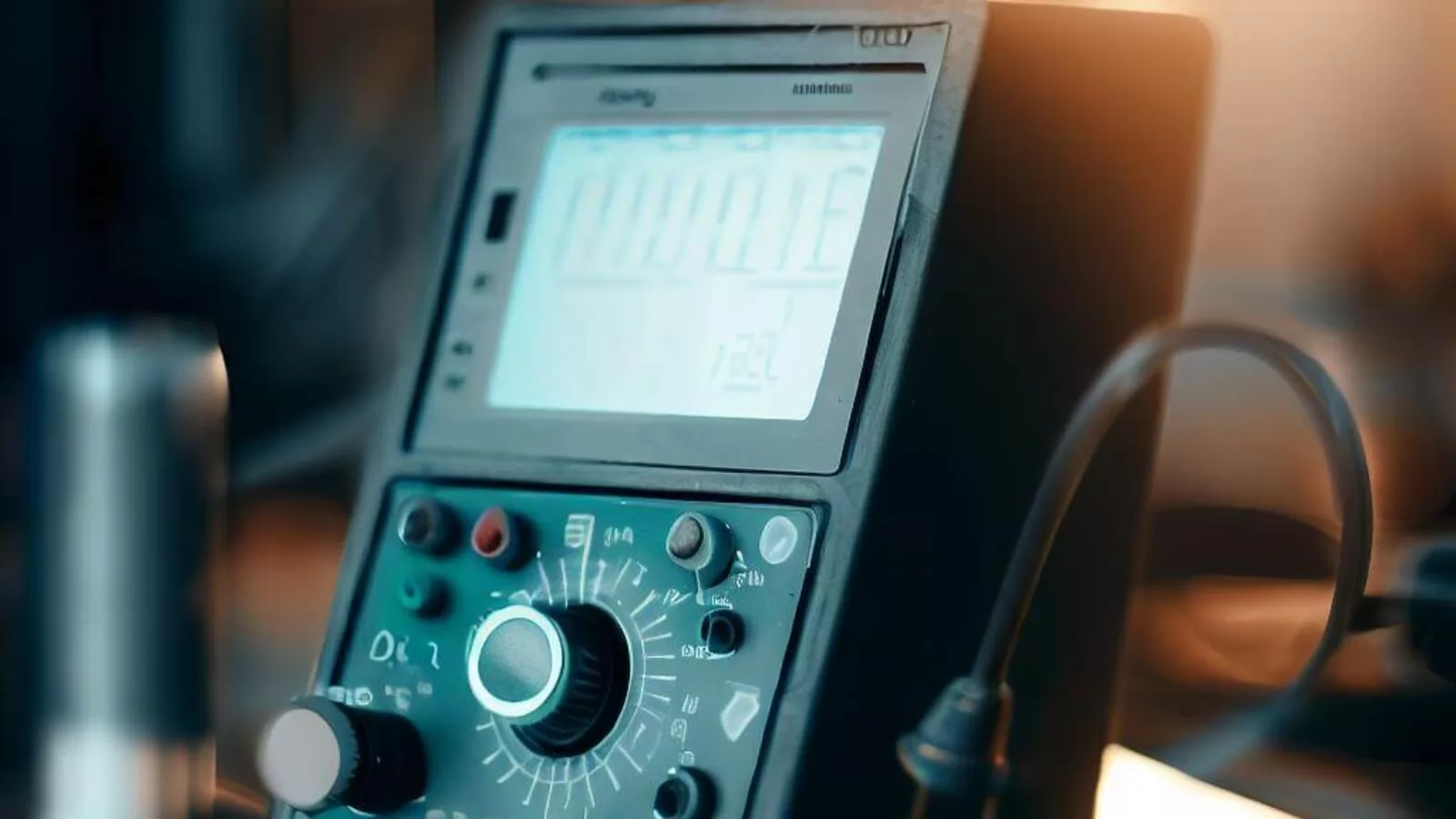
Temperature calibration is the process of verifying and adjusting the accuracy of temperature measurement instruments such as thermocouples, thermistors, and RTDs. The calibration process involves comparing the measurement instrument's output with a reference standard's known temperature value.
Similarly, humidity calibration involves verifying and adjusting the accuracy of humidity measurement instruments such as humidity sensors, hygrometers, and psychrometers. The calibration process involves comparing the measurement instrument's output with a reference standard's known humidity value.
Calibration is essential for measurement accuracy and quality control. Without proper calibration, measurement instruments can provide inaccurate readings, leading to compromised product quality, safety, and compliance. Calibration also helps to identify and address measurement errors, reducing the risk of costly production errors and product recalls.
Factors to Consider When Choosing a Temperature and Humidity Calibrator
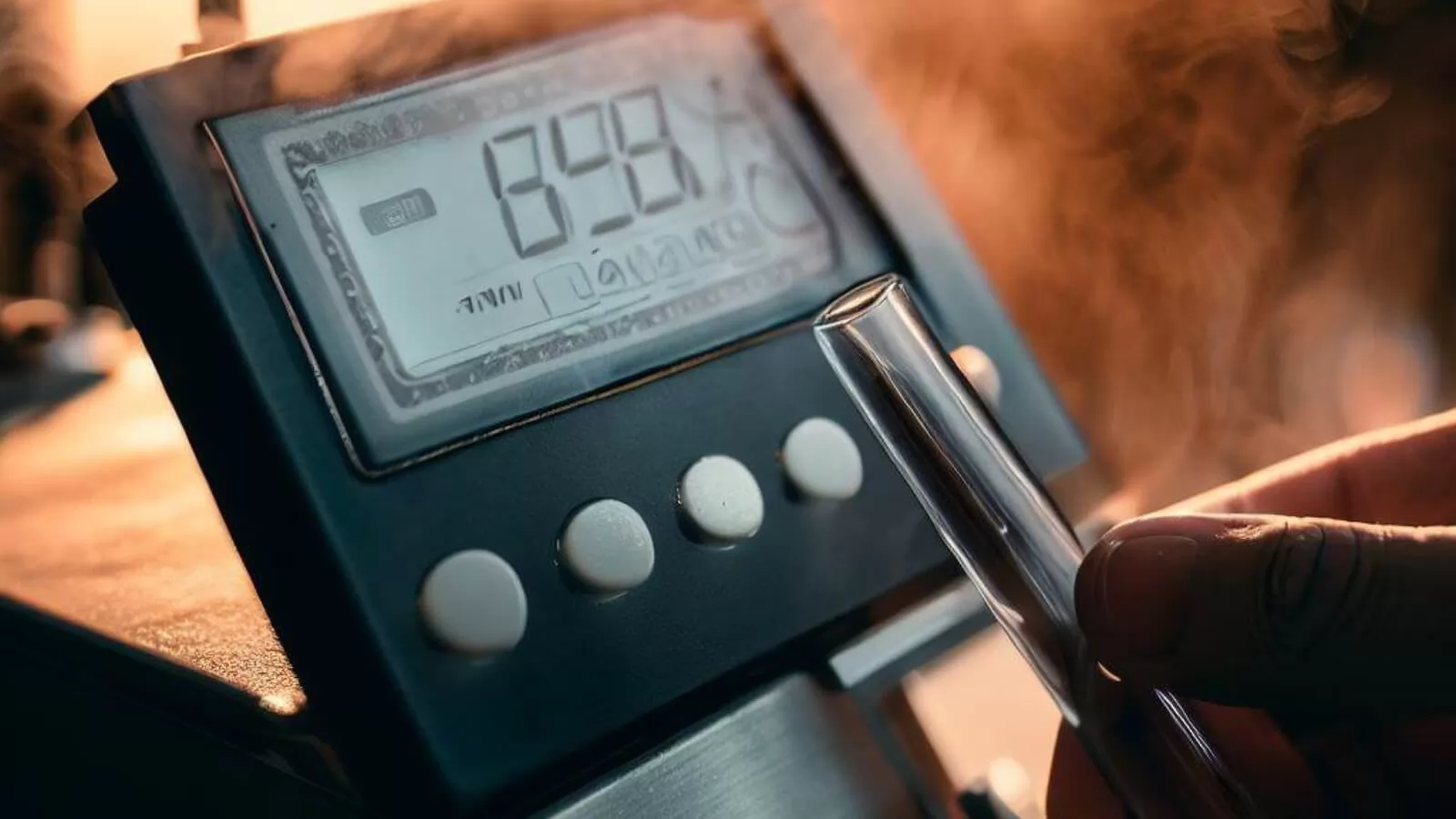
Selecting the right temperature and humidity calibrator depends on several factors, including the type of calibration equipment required, the temperature and humidity range and accuracy requirements, the number and type of sensors to be calibrated, and the calibration standards and certifications.
1. Type of Calibration Equipment
Calibration equipment comes in different types, including portable, benchtop, and handheld. Portable and benchtop calibrators are ideal for calibrating multiple sensors simultaneously and come with features like built-in temperature and humidity chambers. Handheld calibrators are ideal for on-the-go calibrations and come with fewer features.
2. Temperature and Humidity Range and Accuracy Requirements
The range and accuracy of temperature and humidity measurements are critical factors to consider when selecting a calibrator. For instance, if your application requires high accuracy, you should select a calibrator with a high-precision temperature and humidity sensor.
3. Number and Type of Sensors to be Calibrated
The number and type of sensors to be calibrated determine the type of calibrator required. For instance, if you need to calibrate a high volume of temperature sensors, you should select a benchtop calibrator with multiple calibration chambers.
4. Calibration Standards and Certifications
Calibration standards and certifications ensure the accuracy and reliability of the calibration process. Select a calibrator that meets industry standards and certifications such as ISO 17025 and NIST.
Temperature and Humidity Calibration Best Practices
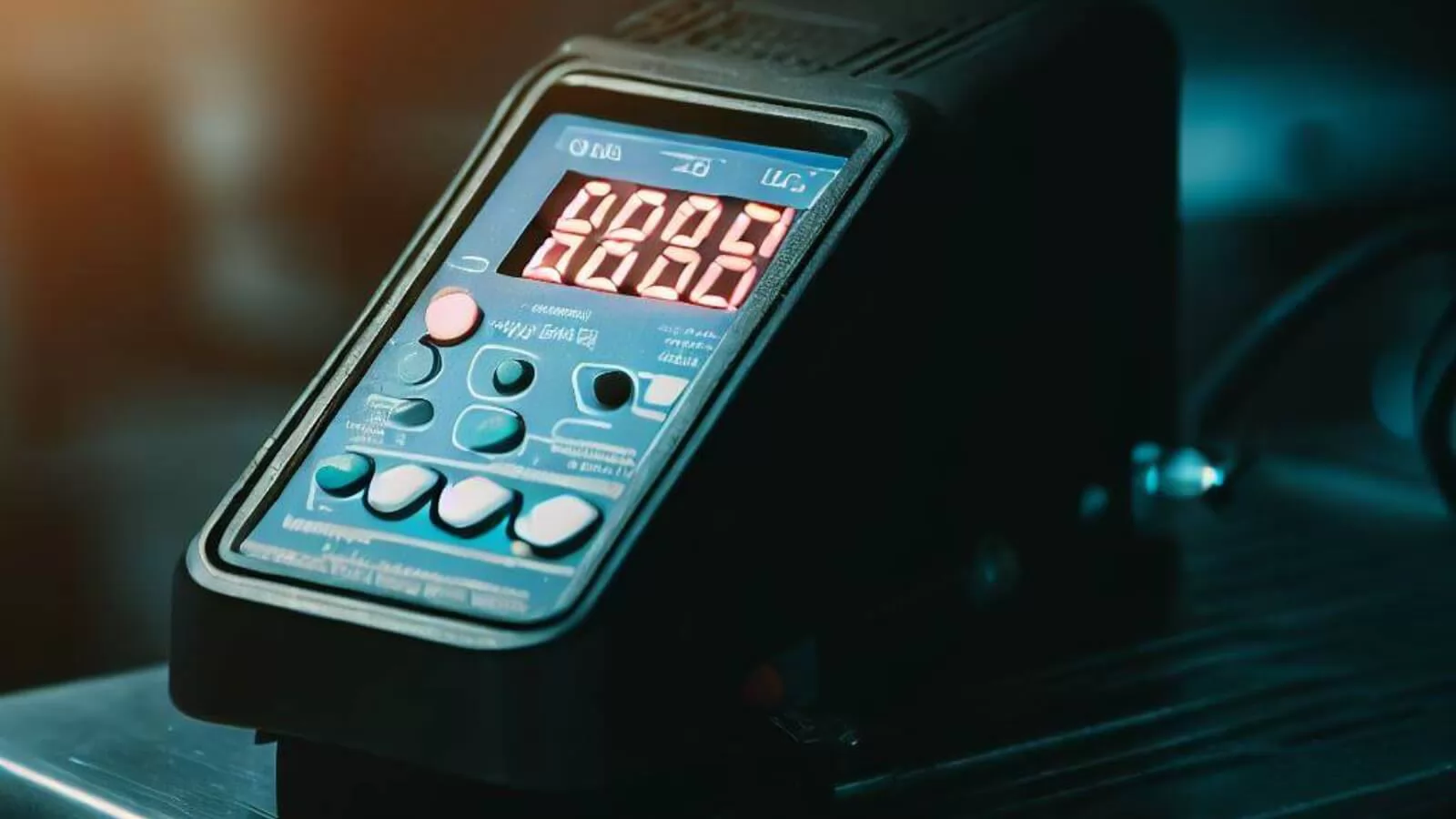
Temperature and humidity calibration best practices involve following specific guidelines to ensure accurate and reliable measurement instruments. Some of the best practices include:
1. Preferred Temperature for Calibration
The preferred temperature for calibration is 23°C (73.4 °F). This temperature provides a stable and consistent environment for calibrating temperature and humidity sensors.
2. Standard Calibration Temperature for Measurement Tools
The standard calibration temperature for measurement tools is 25°C (77 °F). This temperature provides a standardized reference point for calibrating measurement instruments across different industries.
3. Importance of Knowing Proper Use and Calibration of Different Temperature Measuring Devices
It is essential to know the proper use and calibration of different temperature measuring devices to ensure accurate and reliable measurements. Proper use and calibration can prevent errors and reduce the risk of costly production errors and product recalls.
Choosing the Right Temperature Calibrator for Your Needs
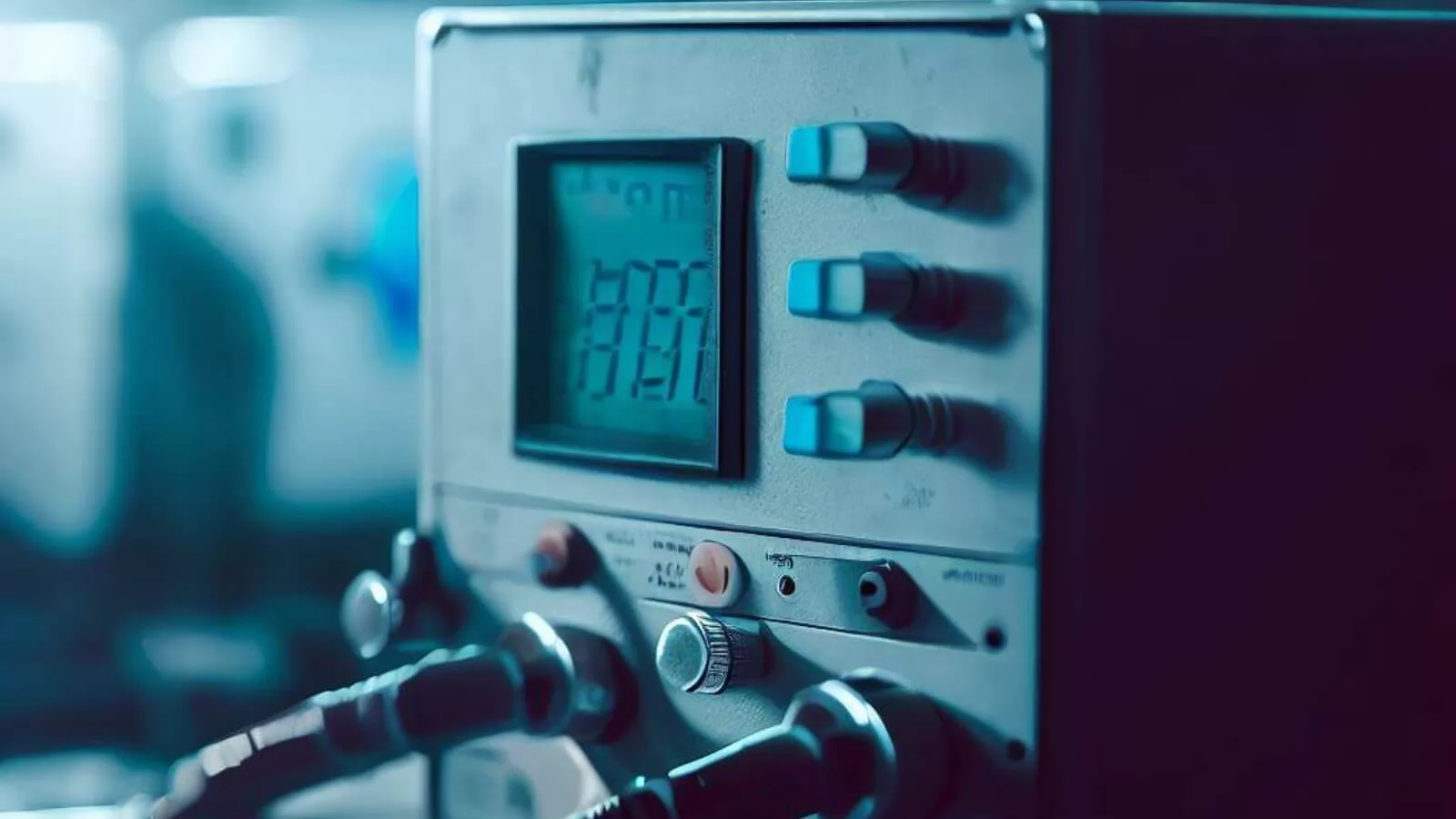
Choosing the right temperature calibrator depends on several factors, including the temperature range, accuracy, and stability; humidity range; accuracy; cost vs. performance tradeoffs; and the availability of calibration equipment and services.
1. Temperature Range, Accuracy, and Stability
Select a calibrator that provides the temperature range, accuracy, and stability required for your application. Ensure that the calibrator's temperature range matches the temperature range of the sensors to be calibrated.
2. Humidity Range and Accuracy
Select a calibrator that provides the humidity range and accuracy required for your application. Ensure that the calibrator's humidity range matches the humidity range of the sensors to be calibrated.
3. Cost vs. Performance Tradeoffs
Consider the cost vs. performance tradeoffs when selecting a calibrator. Some high-end calibrators come with advanced features that may not be necessary for your application. Consider your budget and select a calibrator that meets your requirements without breaking the bank.
Availability of Calibration Equipment and Services
Consider the availability of calibration equipment and services when selecting a calibrator. Ensure that calibration equipment and services are readily available, reducing downtime and production losses.
Temperature Equipment Calibration Services
Equipment calibration services provide businesses with the necessary tools and expertise to ensure that their temperature and humidity measuring instruments are calibrated correctly and regularly. Calibration services typically include the following:
1.Sensor Calibration
Sensor calibration involves testing and adjusting temperature and humidity sensors to ensure that they provide accurate and reliable measurements. Sensor calibration should be performed regularly to ensure that measurement instruments are operating within the required range and accuracy.
2.Equipment Calibration
Equipment calibration involves testing and adjusting calibration equipment to ensure that it provides accurate and reliable measurements. Equipment calibration should be performed regularly to ensure that calibration equipment is operating within the required range and accuracy.
3. Traceability and Certifications
Calibration service providers should provide traceability and certifications to ensure that calibration equipment and services meet industry standards and certifications such as ISO 17025 and NIST.
4.Calibration Reports
Calibration reports provide detailed information about the calibration process, including the results of the calibration, calibration standards, certifications, and any recommendations for future calibrations.
Conclusion
Temperature and humidity calibration is essential to ensure accurate and reliable measurement instruments. Selecting the right temperature and humidity calibrator depends on several factors, including the type of calibration equipment required, the temperature and humidity range and accuracy requirements, the number and type of sensors to be calibrated, and the calibration standards and certifications.
Temperature and humidity calibration best practices involve following specific guidelines to ensure accurate and reliable measurement instruments.



